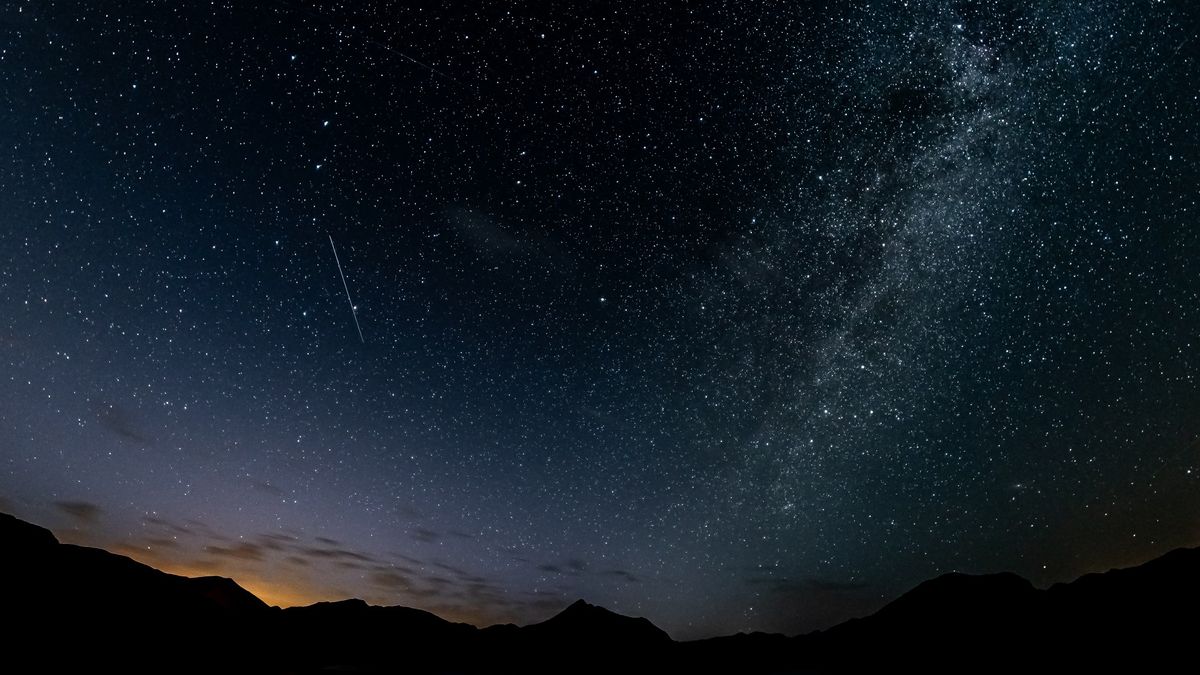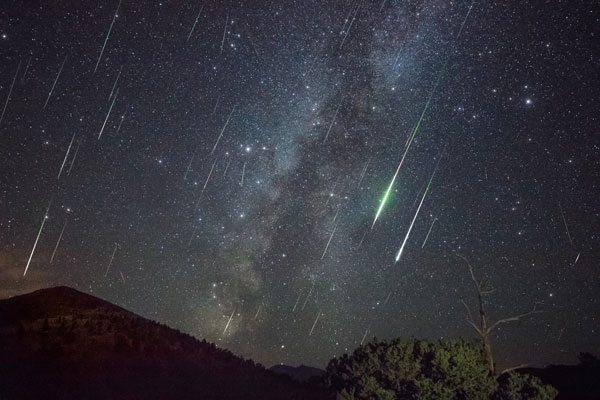Skywatchers, pay attention! August is slowly becoming the month of the year for all the astrophiles. After a spectacular supermoon on the 2nd of the month, a sparkling Perseid meteor shower is expected to cover the night sky. It is one of the best shooting star displays of the year, and it’s currently active.
Jump To
- What Is The Perseid Meteor Shower?
- When, Where, And How To Watch The Perseids Meteor Shower In 2023
What Is The Perseid Meteor Shower?
 Twitter
Twitter
Every year, the Perseid meteor shower (aka the Perseids) is active from the mid-July season to late August. According to astronomers, the peak of the meteor shower is set to be around August 13 this year.
According to the skywatchers’ site, In The Sky, 2023 is expected to be a great year for the Perseids as the moon’s illumination will only be at 10 percent during the shower, which means that the shower will be relatively clearer for the star lovers.
This Perseid shower is caused by the Earth passing through debris that is just bits of ice and rock. These bits were left behind by Comet Swift-Tuttle, which last passed close to Earth in 1992. The peak of the Perseids takes place on Earth when the planet passes through the densest and dustiest area on August 11 and 12.
From the records, astronomers have concluded that the years that were observed to have been without moonlight saw higher rates of meteors per hour. Moreover, in outburst years (such as in 2016), the rate can be between 150 and 200 meteors an hour.
When, Where, And How To Watch The Perseids Meteor Shower In 2023
 Twitter
Twitter
NASA says that this time around, on average, you can expect to see up to 100 meteors per hour during the Perseids peak. Although last year, things did not go exactly as planned.
In 2022, the brightness of the full moon obscured the Perseid meteor shower and washed out the visibility of fainter meteors. However, this year, the moon’s impact on the meteor shower will be minimal, as it will only be 10% illuminated at peak time.
The Northern Hemisphere is the best place to see the meteor shower. Anyone can watch the Perseid meteor shower from wherever they are, but some locations can make the experience even better. The best way to catch the shower is to get rid of any light sources near you and set up during the peak days of the shower.
You will not need any telescopes or binoculars as long as you give your eyes about 30 minutes to adjust to the darkness.
For more trending stories, follow us on Telegram.
Categories: Trending
Source: vtt.edu.vn